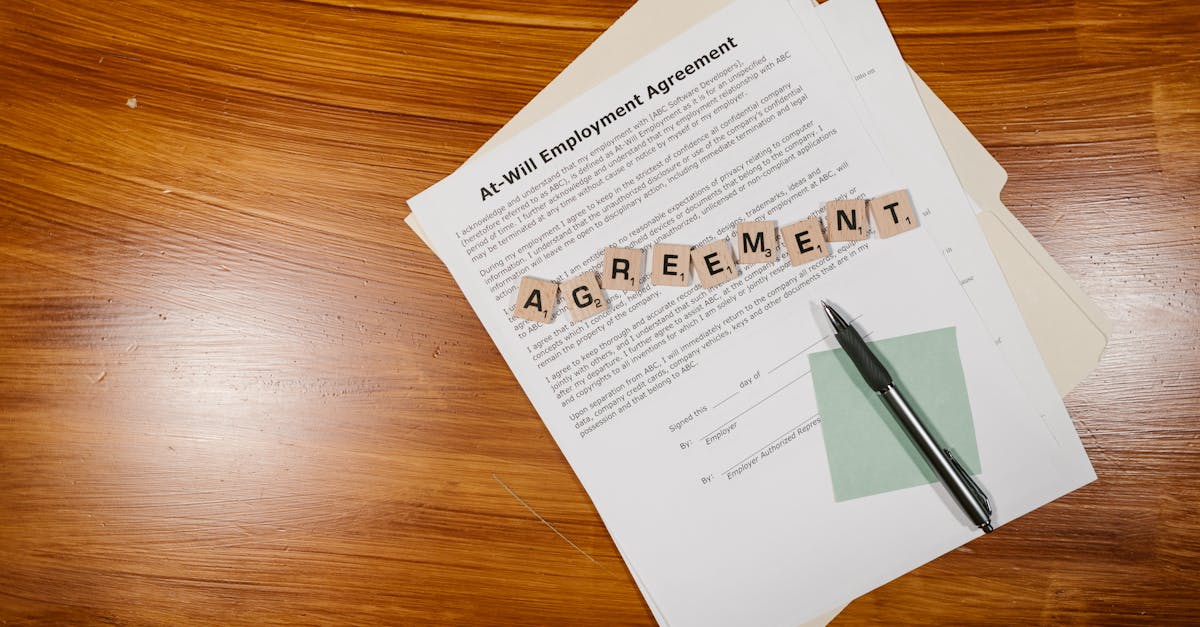
Introduction
Operating in multiple states turns routine records retention into a legal and operational headache: different statutes, tax rules, privacy obligations, and discovery needs can mean fines, failed audits, or costly litigation. This guide walks HR, legal, and compliance leaders through a practical, step‑by‑step approach to build a reusable document retention policy template that lowers risk and saves time.
What you’ll learn: how to inventory records and map state‑by‑state requirements; design a master policy with adaptive state addenda and required metadata; create clear retention schedules and disposition rules; implement auditable legal holds; and automate reminders, secure deletion, and approvals. Smart document automation—metadata enforcement, machine‑readable rules, hold propagation, and tamper‑evident audit logs—turns this framework from a checklist into operational control and keeps your document compliance defensible across jurisdictions. Read on for the step‑by‑step sections and templates you can apply today.
Inventory documents and map state‑by‑state retention requirements
What to capture: Build a document inventory that lists each record type (contracts, HR files, payroll, tax, customer data, emails, policies) and captures key metadata: creation date, owner, jurisdiction, sensitivity, and legal hold status.
Quick checklist
- Document type and owner
- Retention trigger (creation, end of relationship, termination date)
- Applicable jurisdictions (federal, state-by-state rules)
- Privacy/special rules (health, financial, children’s data)
Start mapping state retention requirements side-by-side so you can see divergences. This step answers the practical question of document compliance meaning for your organization: which records you must keep where and for how long.
Include cross-border or transfer considerations up front — use assessments like a data transfer impact assessment to flag records with additional constraints: https://formtify.app/set/ho-so-danh-gia-tac-dong-chuyen-du-lieu-ca-nhan-ra-nuoc-ngoai-cai3o.
Keep HR-specific examples, such as termination letters and employee files, tagged so they inherit HR retention rules: https://formtify.app/set/termination-of-employment-letter-eyvtl.
Design a master retention policy with adaptive state addenda and metadata fields
Master policy structure: Create one enterprise-wide document compliance policy that defines principles, minimum retention periods, roles, and enforcement. Then add state addenda that override or extend the master policy where laws differ.
Required metadata fields
- Jurisdiction (state/federal)
- Retention start/trigger
- Record category and sensitivity
- Owner and business purpose
- Disposition action and review date
Design the policy to reference other governance documents like your privacy policy and DPA so obligations are connected across compliance artifacts: https://formtify.app/set/privacy-policy-agreement-33nsr and https://formtify.app/set/data-processing-agreement-cbscw.
Use enterprise content management for compliance to enforce metadata capture at document creation. This ensures document control, consistent tagging, and easier automation of retention rules.
Create retention schedules and disposition rules tied to document types
Map schedules to document types: For each record class define a retention period, legal basis (statute, tax rule, business need), and a disposition action (destroy, archive, transfer). Keep the schedule simple and prescriptive.
Practical rules
- Contracts: retain X years after termination or expiration
- Payroll/tax: retain by statutory period for the jurisdiction
- HR: retain employee records for the state-mandated period after termination
- Emails: apply folder-based or classification-based rules, not global delete
Document the disposition logic as machine-readable rules so your compliance document management tools can enforce them. Maintain a living document compliance checklist to validate schedules across business units and jurisdictions.
When drafting HR schedules, link to template documents like termination communications to ensure retention handling is consistent: https://formtify.app/set/termination-of-employment-letter-eyvtl.
Implement legal holds and automated suspension of disposition during audits/litigation
Legal hold fundamentals: Legal holds must immediately suspend disposition when litigation, government inquiry, or audit is reasonably anticipated. That suspension must be auditable and cover all affected repositories.
Implementation steps
- Use the inventory to identify impacted records and owners
- Issue holds with clear scope, custodian lists, and preservation instructions
- Automate hold propagation to content stores and email systems
- Track acknowledgements and periodic custodian reminders
Integrate holds with your audit trail and evidence management so every preservation action (and any failure) is logged. This capability is central to regulatory document compliance and defensible preservation.
If holds affect cross-border records, coordinate with privacy and DPA obligations: https://formtify.app/set/data-processing-agreement-cbscw and https://formtify.app/set/privacy-policy-agreement-33nsr to reconcile legal and privacy constraints.
Automate reminders, disposition workflows, and secure deletion with audit logs
Automation goals: Reduce manual errors by automating retention reminders, disposition approvals, and end-of-life actions while retaining full auditability for records compliance.
Recommended automation features
- Scheduled reminders to owners before disposition dates
- Approval workflows for review, archive, or disposition
- Secure deletion with tamper-evident logs and exportable audit trails
- Integration with document compliance software and enterprise DMS
Choose tools that support compliance workflow automation and can generate a document compliance audit report showing who approved what and when. This ties into your document control regime and helps satisfy regulatory document compliance requirements.
For high-risk data, require multi-party approvals and keep immutable logs for eDiscovery and audits.
Version control, approvals, and employee access roles for retention policy maintenance
Governance and maintenance: Treat retention policy documents like controlled records. Version control, formal approval gates, and a change log are essential so reviewers can see policy evolution and rationale.
Access and roles
- Policy owners (legal/compliance) with edit rights
- Business unit approvers with review responsibility
- Records administrators with execution rights in systems
- Read-only access for operational staff
Apply records management best practices: maintain an approval workflow for policy changes, require stakeholder sign-off, and keep a visible audit trail. This supports continuous improvement of your document compliance policy and ensures document control across the enterprise.
Pair role-based access with training and periodic audits to enforce compliance document management and meet document compliance requirements.
Summary
Bringing multi‑state records under a single, repeatable retention framework starts with a solid inventory, a master policy with adaptive state addenda, clear retention schedules, auditable legal holds, and automated disposition workflows. Treat the policy as a living governance document with version control, defined roles, and training so it stays effective as laws and business needs change. Document automation—metadata enforcement, machine‑readable rules, hold propagation, and tamper‑evident audit logs—lets HR and legal teams scale retention decisions, reduce manual risk, and demonstrate defensible document compliance. Ready to apply this framework? Explore the templates and automation tools at https://formtify.app.
FAQs
What is document compliance?
Document compliance means maintaining records in line with applicable laws, internal policies, and contractual obligations so you can demonstrate proper retention, access, and disposition. It covers who owns documents, how long they must be kept, where they may be stored or transferred, and how they are securely destroyed when no longer needed.
How do I ensure document compliance?
Start by inventorying records, mapping applicable state and federal requirements, and building a master retention policy with state addenda. Enforce metadata capture, automate retention workflows and holds, and keep auditable logs and regular audits to prove compliance.
What documents are required for compliance?
Required documents vary by jurisdiction and industry, but common categories include payroll and tax records, employee files, contracts, health and benefits records, and customer data. Your inventory and legal analysis will identify which specific items and retention periods apply to each state and federal requirement.
What is a document retention policy?
A document retention policy is a formal rulebook that specifies retention triggers, minimum retention periods, disposition actions, responsibilities, and exceptions like legal holds. It can include a master policy plus state addenda so a single governance framework adapts to jurisdictional differences.
How often should document compliance audits be conducted?
Audit frequency depends on risk and regulatory exposure, but a good baseline is an annual audit with more frequent spot checks for high‑risk records or after major legal, regulatory, or business changes. Regular audits plus post‑change reviews ensure retention schedules, metadata capture, and automation remain effective.





